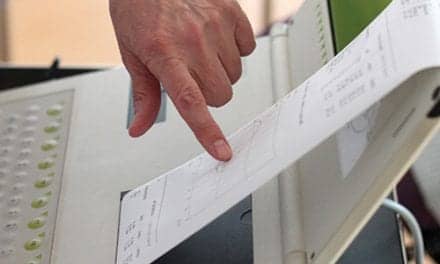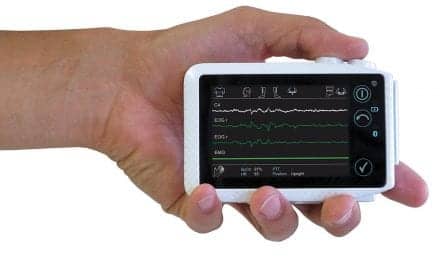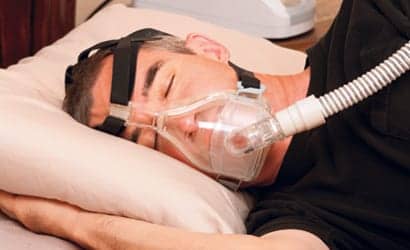Itamar Medical Ltd announced results from a new study that validate the use of WatchPAT against gold standard in-lab polysomnogram (PSG) in the diagnosis of sleep apnea in patients with atrial fibrillation (AF).
The study, published in Nature and Science of Sleep, recruited 101 patients in the US, Canada, Germany and Israel who were previously diagnosed with AF (permanent, persistent or paroxysmal) and suspected to have sleep apnea. The study concluded that WatchPAT, based on PAT technology (which measures and records the peripheral arterial tone) can diagnose sleep apnea events in patients with AF with and without nocturnal active AF episodes with accuracy similar to what was previously reported for general population, and with significant correlation to PSG testing outcomes.
“Since arrhythmias in general and AF in particular are quite common in patients with Obstructive Sleep Apnea (OSA), understanding the accuracy of WatchPAT in detecting sleep apnea in these patients is of substantial importance,” said Giora Pillar, MD, PhD, head sleep clinic in the Haifa district of Clalit Medical Services. “The accepted gold standard for sleep apnea diagnosis is PSG; however, access to PSG is limited. The availability of Home Sleep Apnea Testing (HSAT) has provided a safe and convenient alternative, especially during the recent COVID19 epidemic when many sleep labs were closed.”
“The rising burden of AF has elevated the need for strategies aiming to lower its risk of development and progression. Sleep apnea has been recognized as one of the important modifiable risk factors for AF with evidence (level IIb) suggesting that effective management of sleep apnea improves AF. Because many AF patients do not present with typical SA symptoms, traditional screening questions and so called “eye-balling” was proven to have low sensitivity to sleep apnea in this population,” said Dr. Jennifer Cook, Itamar Medical’s Global Medical Director. “Encouragingly, many international professional societies, including ESC and AHA recommend screening and management of patients with AF for sleep apnea. The addition of the WatchPAT, based on PAT technology as an alternative sleep testing at home has the potential to meaningfully increase diagnoses and to improve the management of these patients.”
WatchPAT is a viable alternative to PSG for confirmation of clinically suspected sleep apnea that is based on peripheral arterial tone signal’s amplitude and rate, oxygen saturation and actigraphy. It provides accurate sleep/wake and REM/NREM discrimination together with non-REM categorization into deep and light sleep, as well as accurate measurements of snoring and body position and has recently been shown to be able to distinct obstructive from central sleep apnea.
The link between sleep apnea and cardiovascular disease (CVD) has been well-studied, showing a comorbid prevalence of 50% or higher. Sleep apnea, which is a serious and potentially life threatening respiratory sleep disorder, is estimated to affect approximately 54 – 60 million people in the U.S. of which most are believed to also suffer from a cardiovascular condition. Further research shows that roughly 80-85% of sleep apnea patients go undiagnosed and untreated and it is possible that the number of CVD patients who suffer from sleep apnea and go undiagnosed is similar.










